Polenta is the ancient cornmeal staple that defined Northern Italian life for centuries, dating back to the Roman mash puls. Its story is complex: while its versatility allows for incredible regional pairings-from rich, cheesy mountain dishes to delicate seafood-its reliance on maize also caused the severe pellagra crisis. This is your essential guide to understanding its types, traditional serving methods, and rich history.

A History Rooted in Humility
This dish is much older than maize.
The name polenta comes from the Latin puls, a simple cooked mash. Romans made puls from grains like farro or millet.
It was so important that Romans were called pultiferi, which means "polenta eaters."
When maize arrived, the new cornmeal dish simply took the old, respected name, keeping the tradition alive.

Northern Italy's Staple
Polenta is most popular in Northern Italy, especially during winter. This is where it really took hold.
Why did Italians eat so much of it? It was a matter of survival.
After maize (granoturco) arrived from the Americas, it was quickly adopted in areas like Veneto and the Po Valley.
Due to its low production cost and higher yields than wheat, polenta became the main food source for poor, rural people in the North.
It was an essential food (cibo essenziale) that kept families going.
Historically, peasants valued foods that ristagnino a lungo nello stomaco-that sat heavy and satisfied hunger for a long time.
Polenta did just that. This need for long-lasting satiety is why polenta became the defining staple in the North, separating it from the pasta-loving South.

Cooking: From Coarse to Creamy
The way polenta turns out depends entirely on how fine the cornmeal is ground.
| Type of Farina | Grind | Best Use |
| Farina Bramata | Coarse-ground | Dense, perfect for long cooking (40–50 minutes) and slicing. |
| Farina Fioretto | Finer grind | Soft and smooth. Good for polenta pasticciata (baked dishes). |
| Farina Fumetto | Finest grind | Very fine. Used for baking, like cakes, sweets and biscuits. |
| Polenta Taragna | Yellow Cornmeal + Buckwheat | Darker, richer, rustic flavor (Valtellina). |
| Polenta Bianca | Biancoperla maize | Lighter, creamy, and delicate (Veneto). |
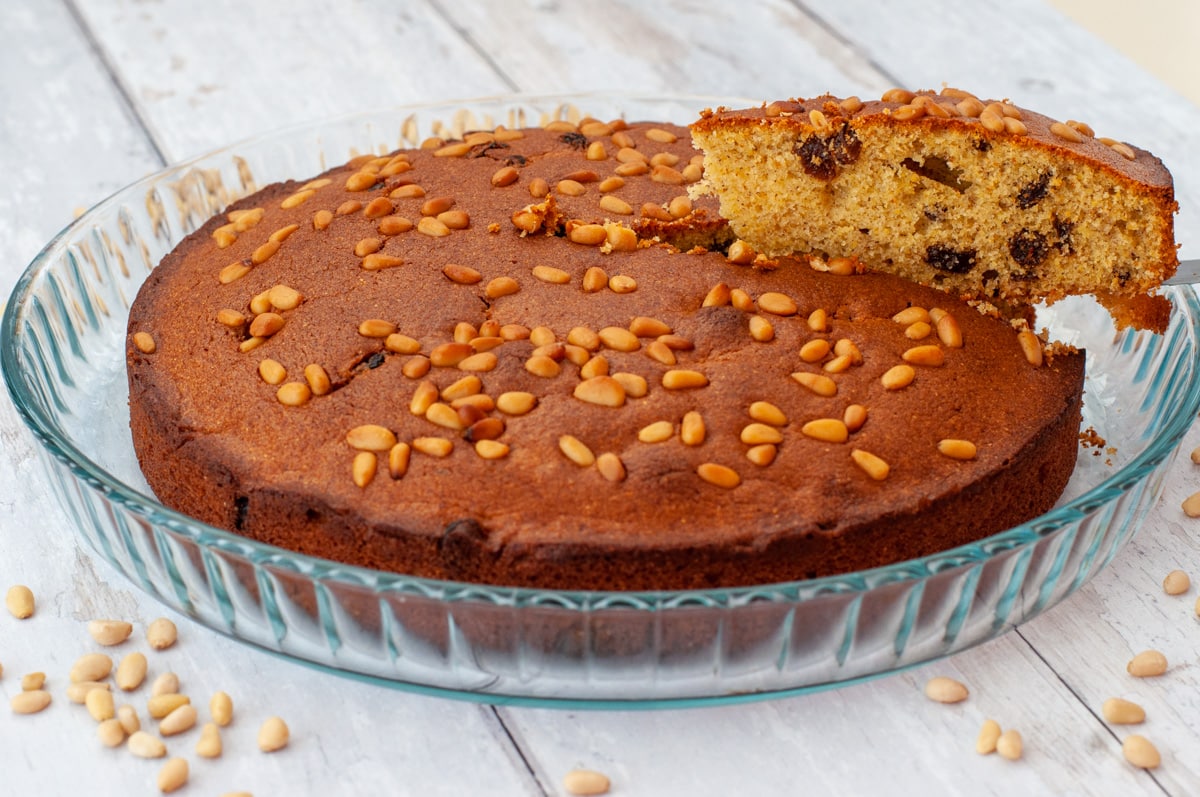
Traditionally, making it is a ritual.
It needs a thick pot or a paiolo and about 40-50 minutes of stirring.
When it's done, the hot polenta is flipped onto a wooden board (tagliere) to be cut and served.
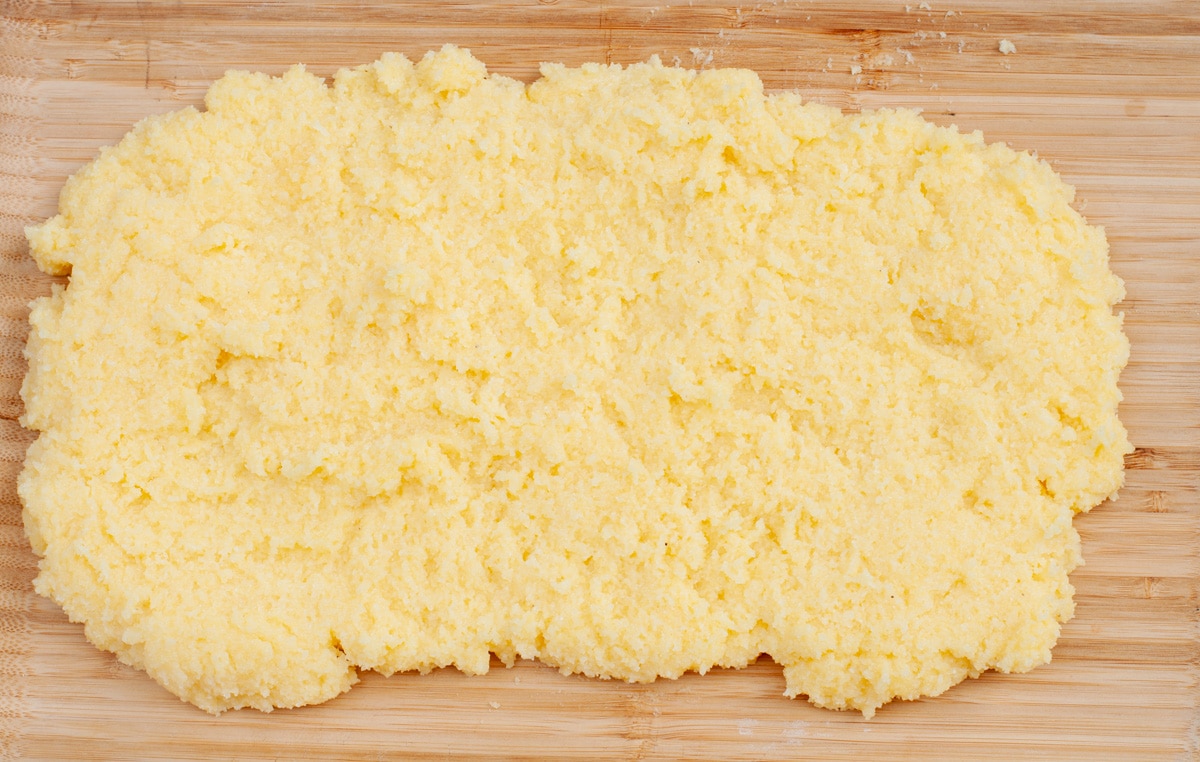
Nothing is wasted!
Leftover polenta is sliced and fried or grilled.
In Naples, these fried triangles are a popular street snack called scagliozzi.
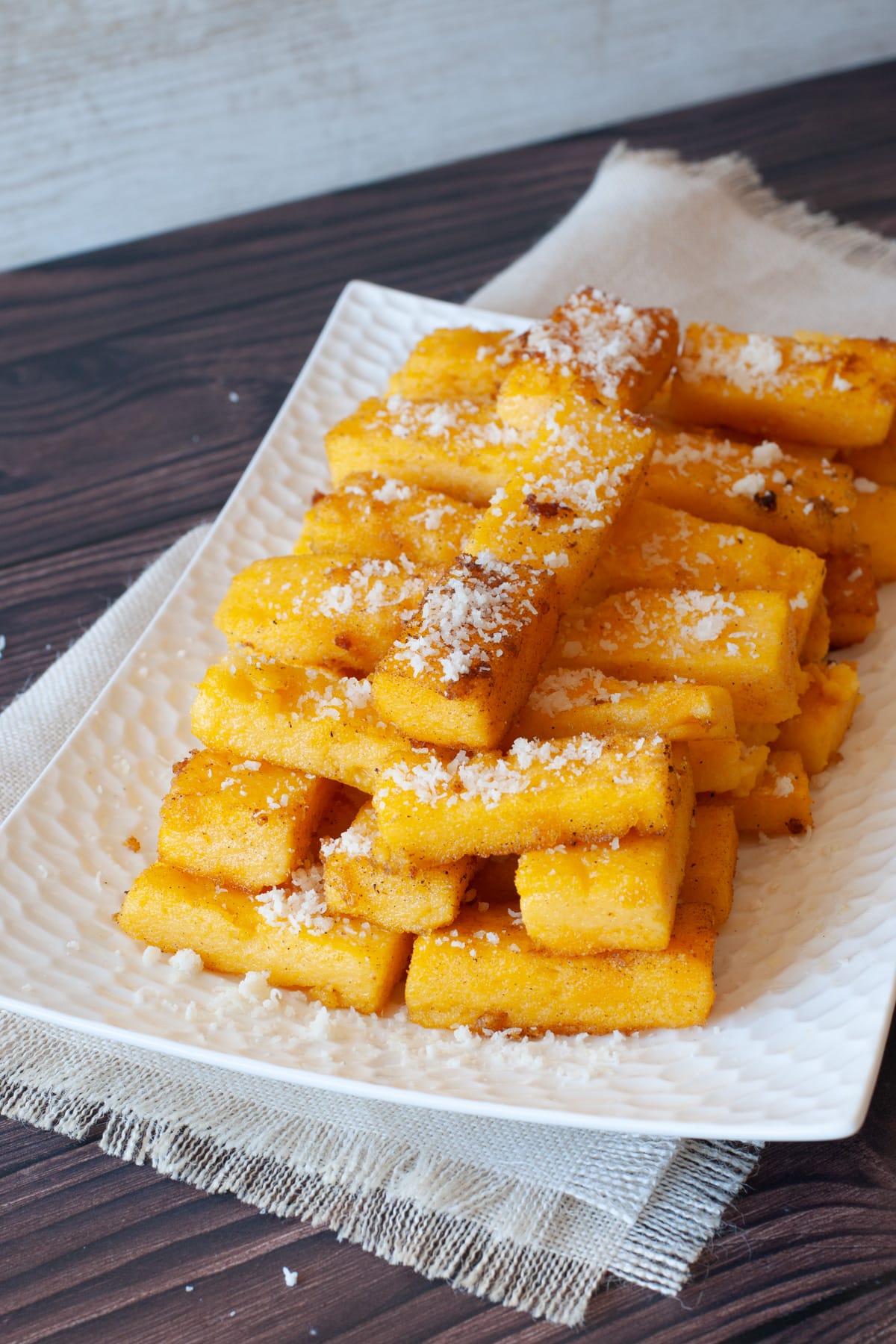
Regional Pairings: What Polenta is Best Served With
Polenta pairs well with different local ingredients:
Hearty Dishes (The Alpine North)
Polenta is best served with rich, high-calorie food needed for cold climates.
- Polenta Concia (Piedmont): This is polenta mixed with a generous amount of melted Fontina and Toma cheese and butter.
- Polenta Uncia (Lombardy): Made with the dark Polenta Taragna (cornmeal and buckwheat), it's "anointed" with melted butter, sage, garlic, and cheese.
- Baked Meals: Polenta turns into a full meal when layered and baked. Examples are Polenta pasticciata (layered with rich ragù and cheese) or the Bomba di Polenta (a timballo structure) from Reggio Emilia.
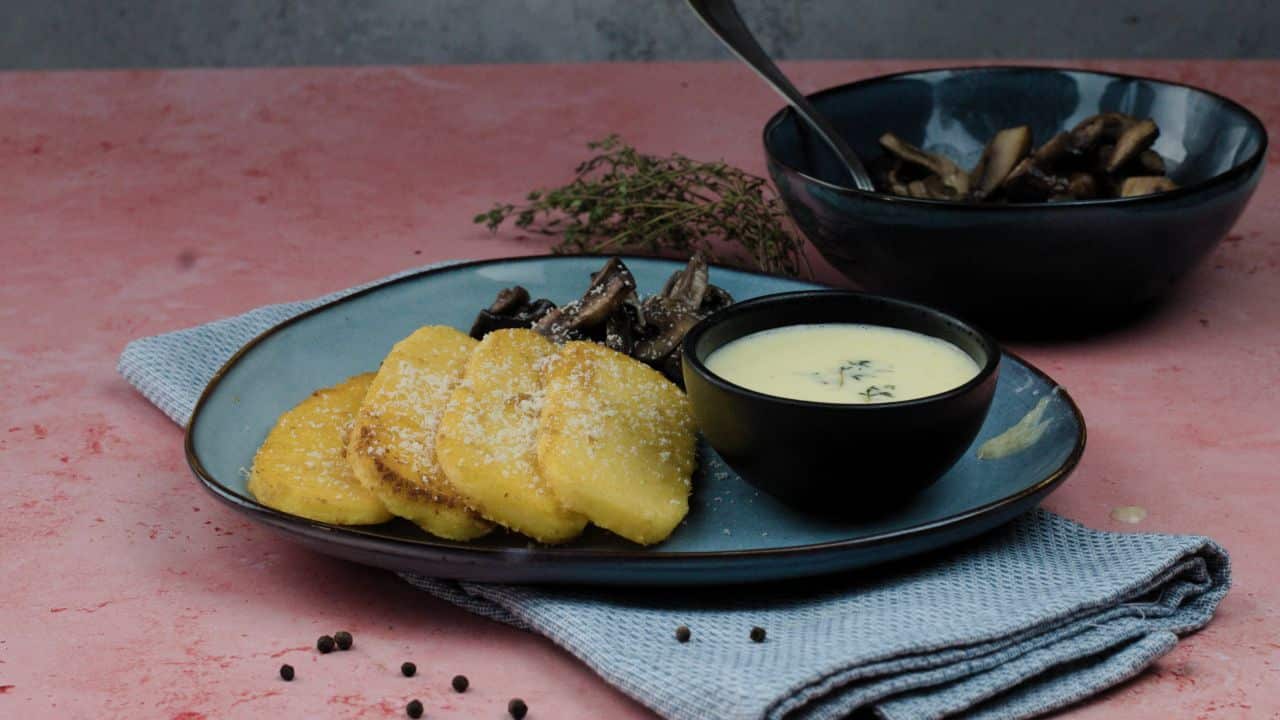
Delicate Dishes (Veneto and Coastal Areas)
The subtle Polenta Bianca is excellent with fish.
- Seafood: Polenta Bianca is ideal with fish and seafood, like the classic baccalà (cod) or sauté di vongole (clams).
Traditional Southern Variations
In the South, polenta is adapted to local flavors and often fried or mixed with vegetables.
- Vegetable and Pork Mixes: In Calabria, it is mixed with vegetables, such as cime di rapa (turnip tops) in frascatula or served with frittole, pork rind.
- Street Food: In Naples, it is sliced and deep-fried as the street snack scagliozzi.
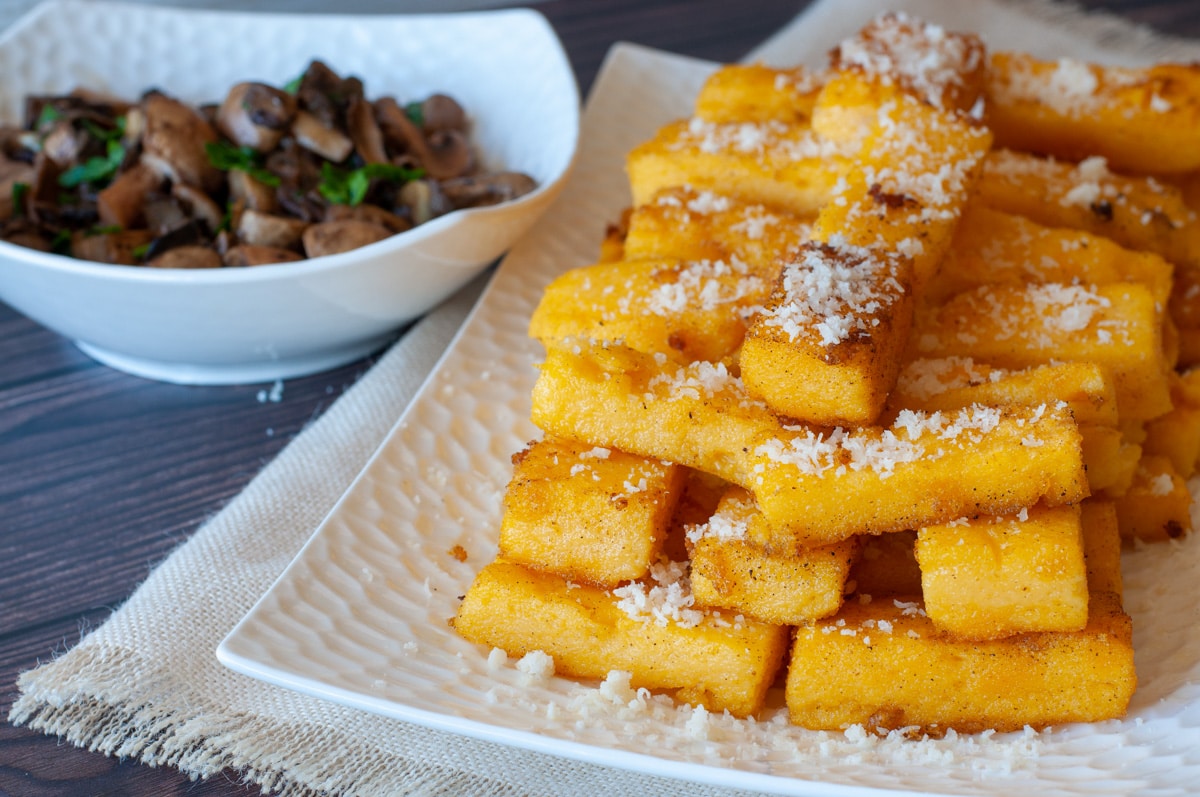
The Historical Health Downside
This essential food came with a heavy cost.
Relying heavily on maize polenta caused a serious health crisis: pellagra.
This severe vitamin deficiency disease spread in the Northern countryside in the 18th and 19th centuries because the diet was too monotonous.
Around the mid-19th century, one-third of Venetian peasants were affected by pellagra.
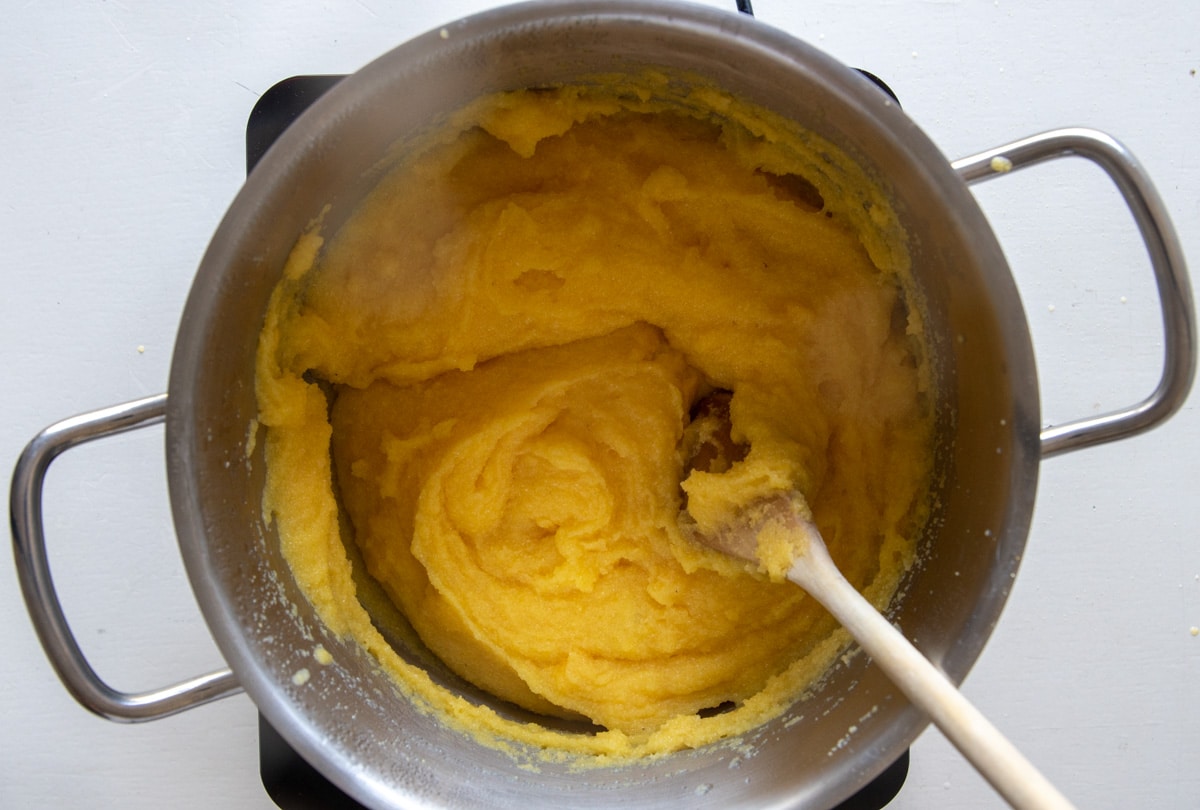
The Gourmet Future
Polenta is now showing up in high-end restaurants.
Chefs use techniques to turn the thick staple into delicate forms like chips or cialde (wafers).
This approach uses polenta's texture to complement complex food, like game roast or updated seafood pairings (polenta e baccalà).
Recipes with polenta
If you are making any polenta recipes, leave your comment below I would like to hear from you. You can find more delicious ideas if you FOLLOW ME on Facebook, YouTube, Instagram or sign up to my newsletter.

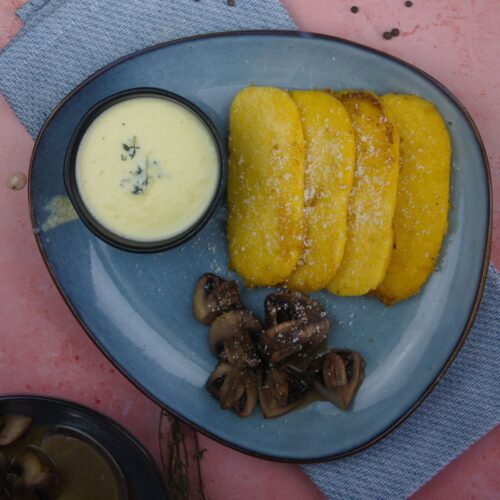

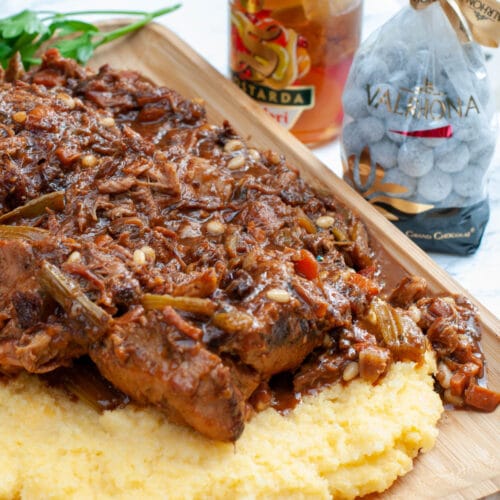




Leave a Reply